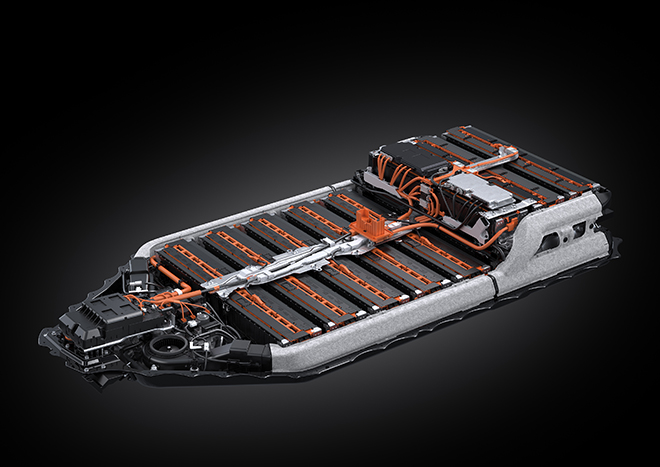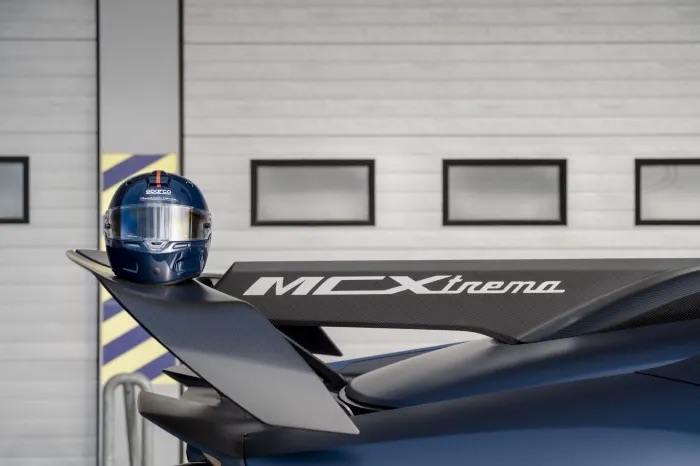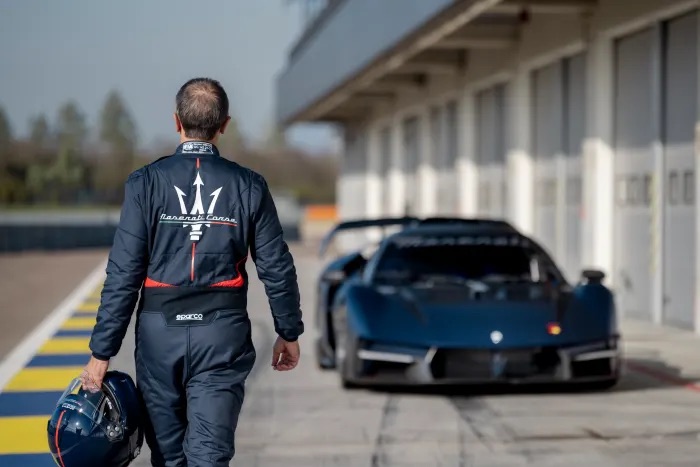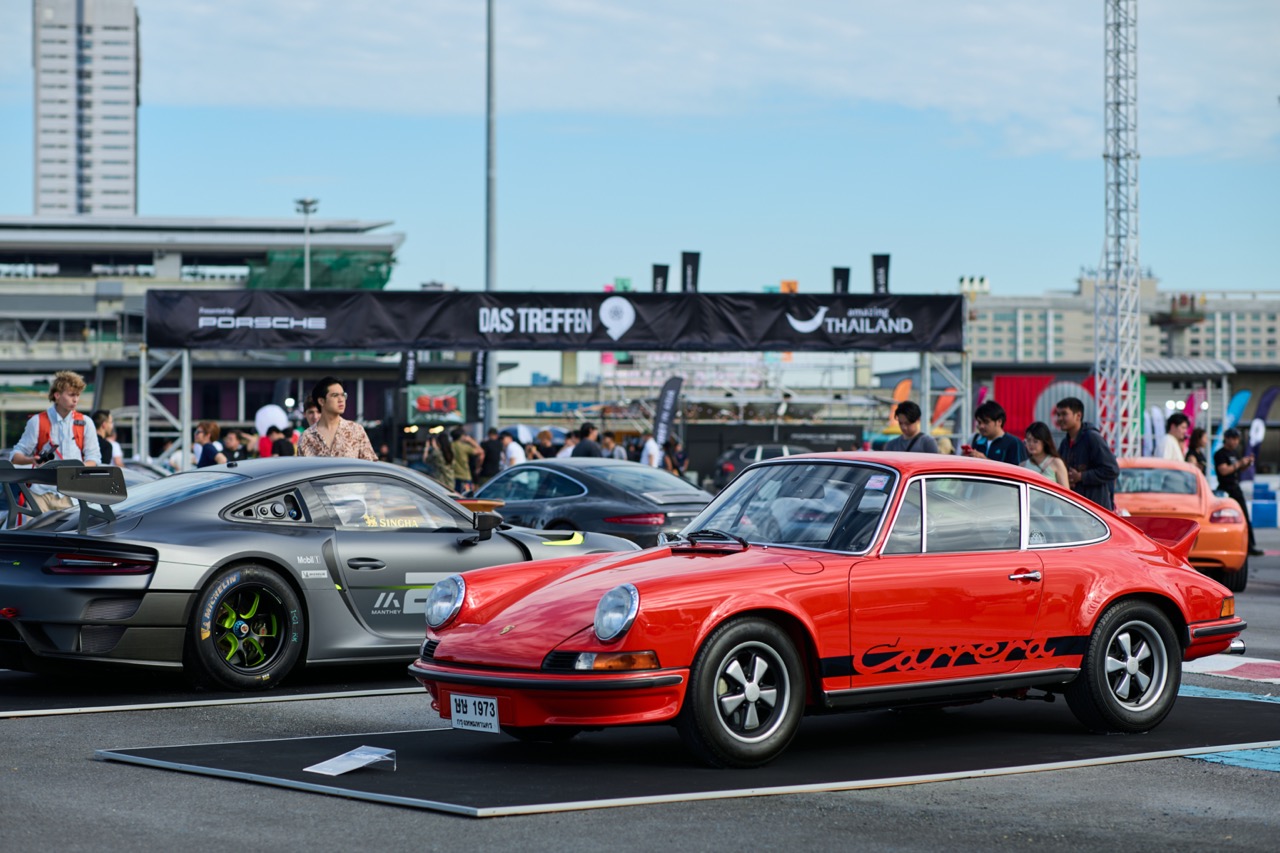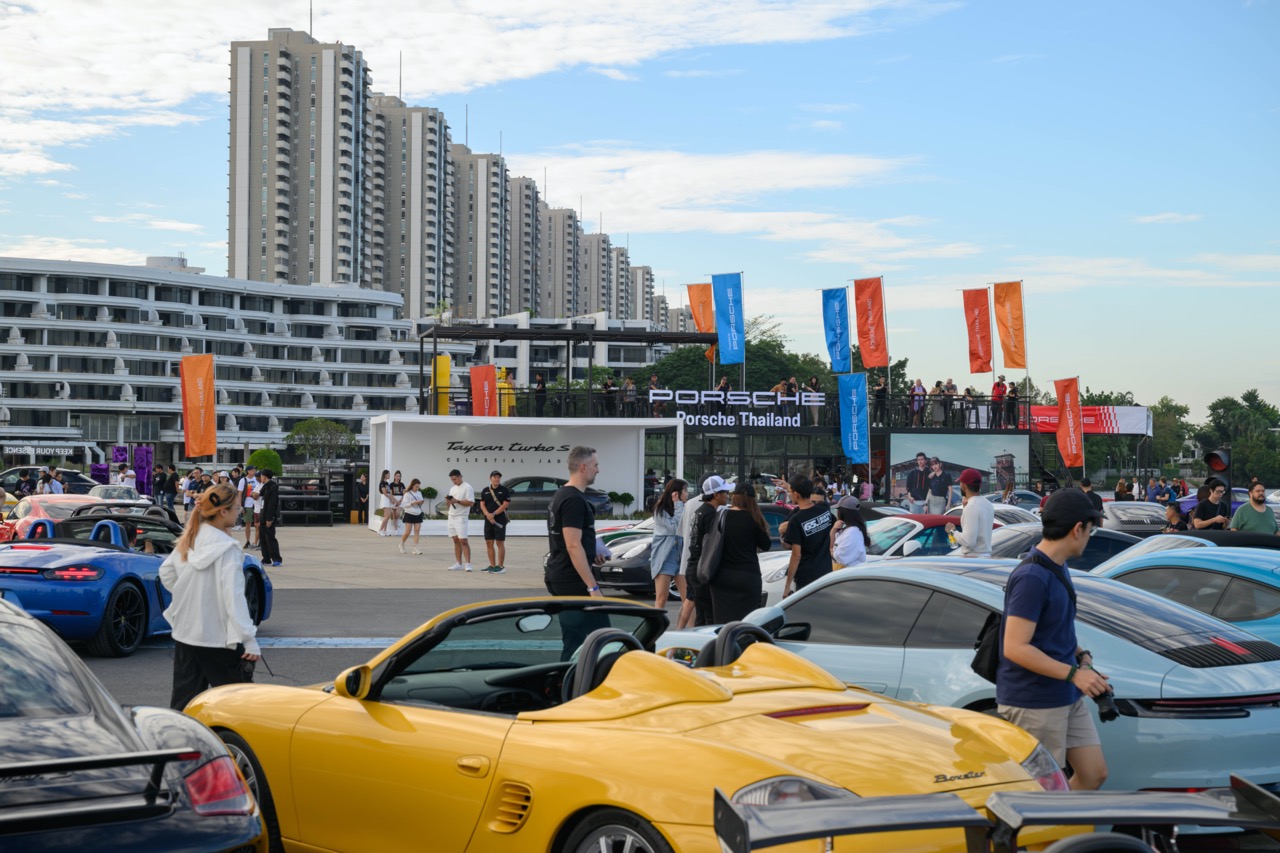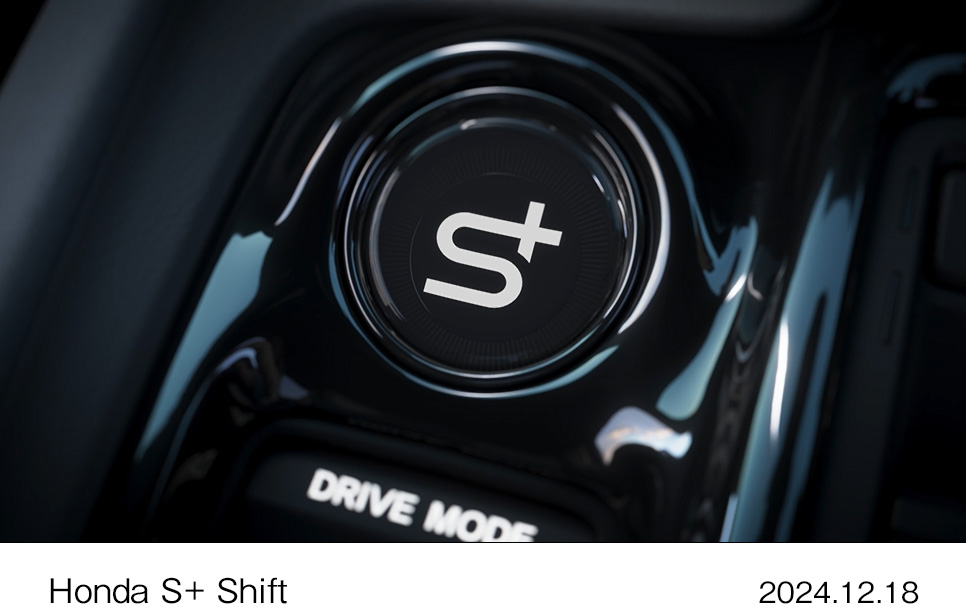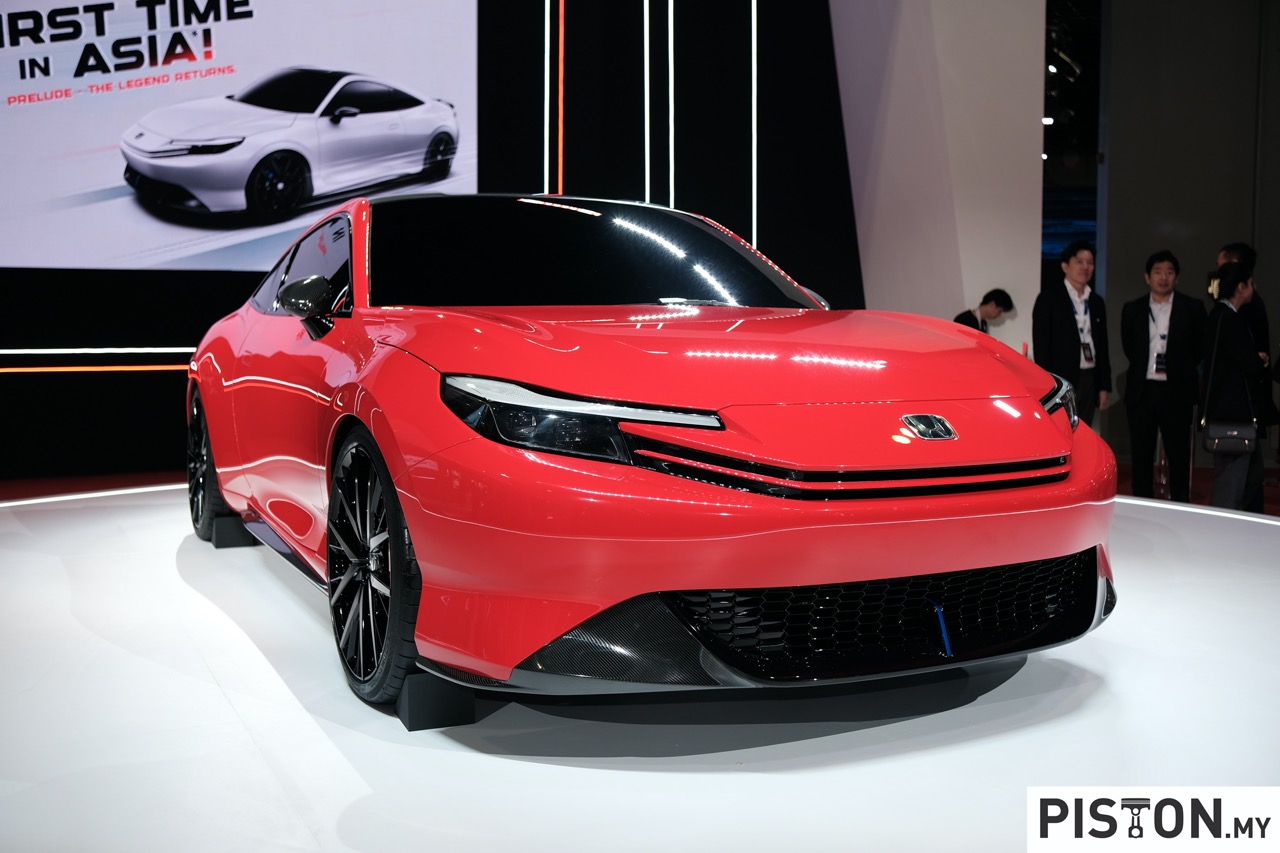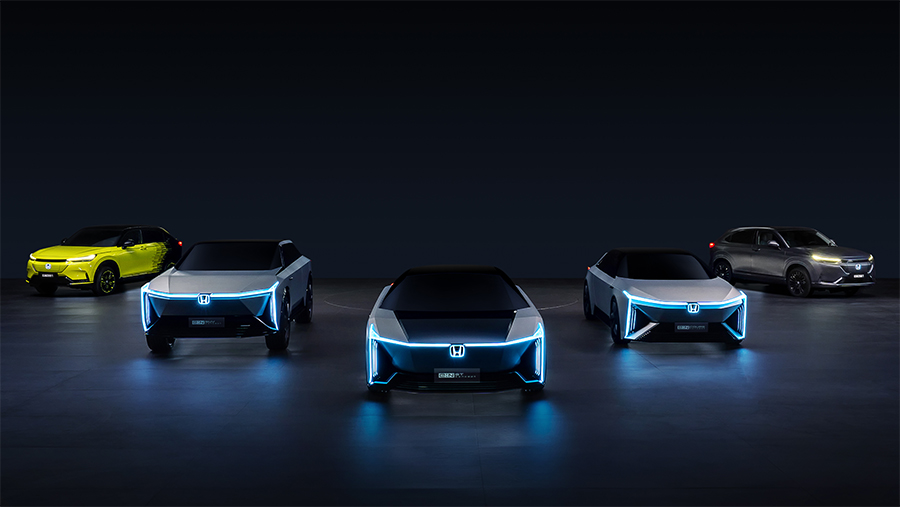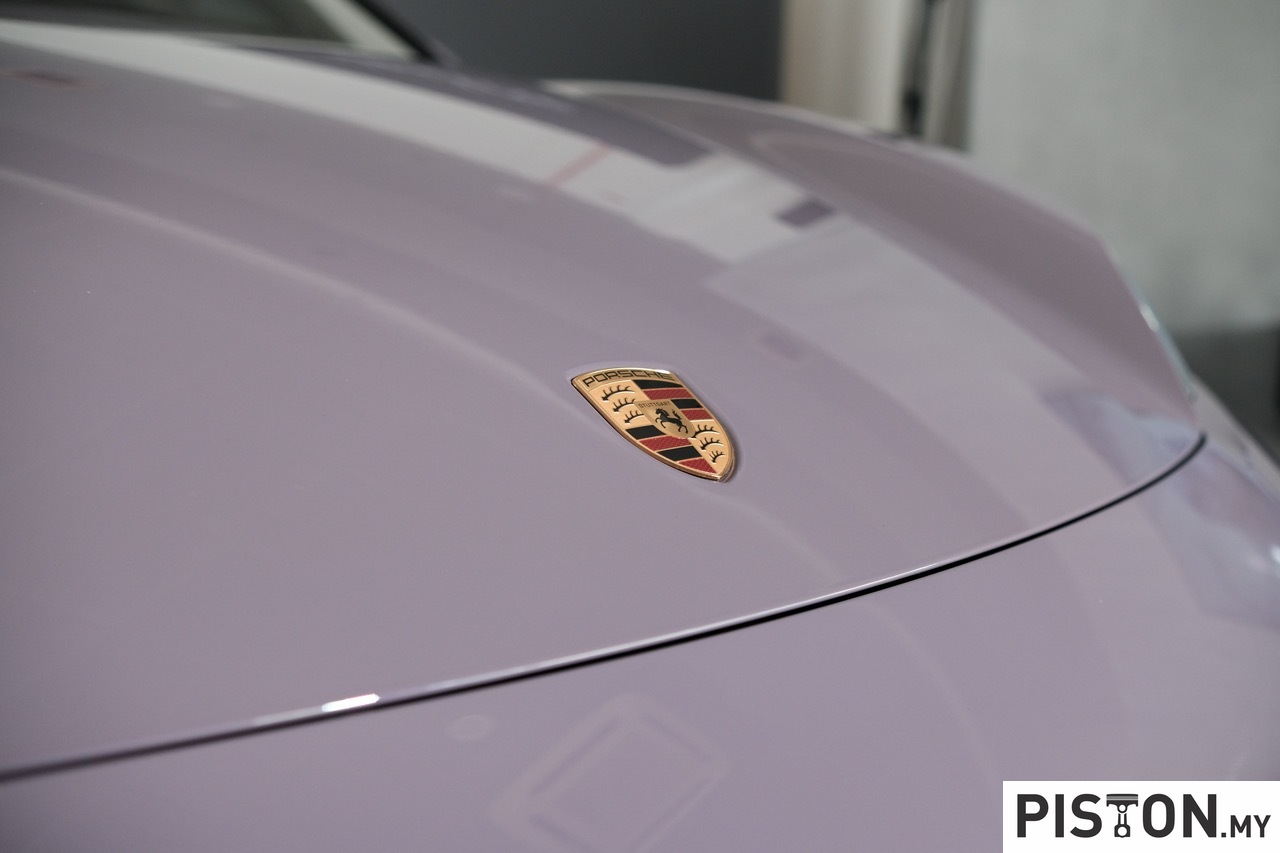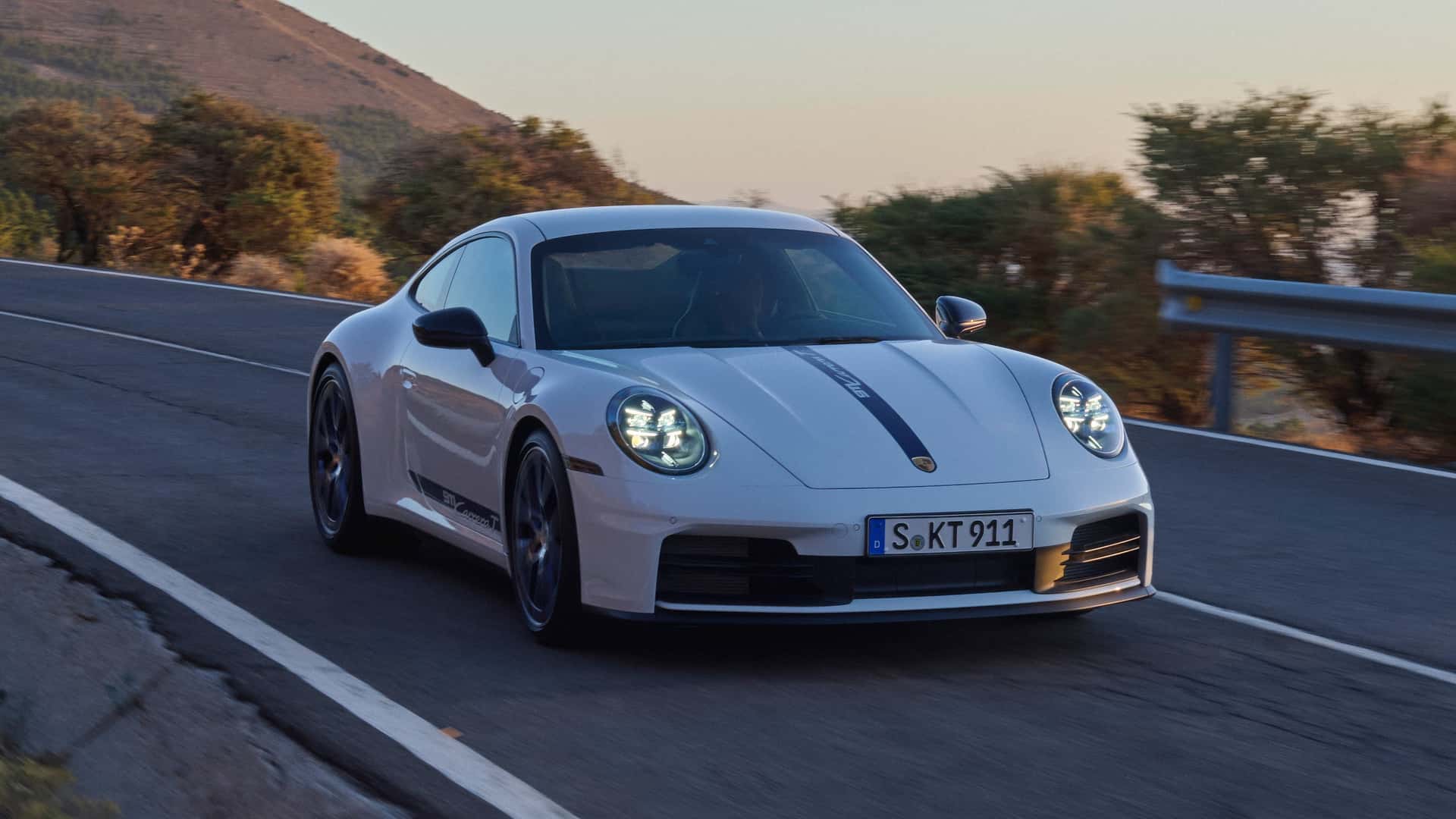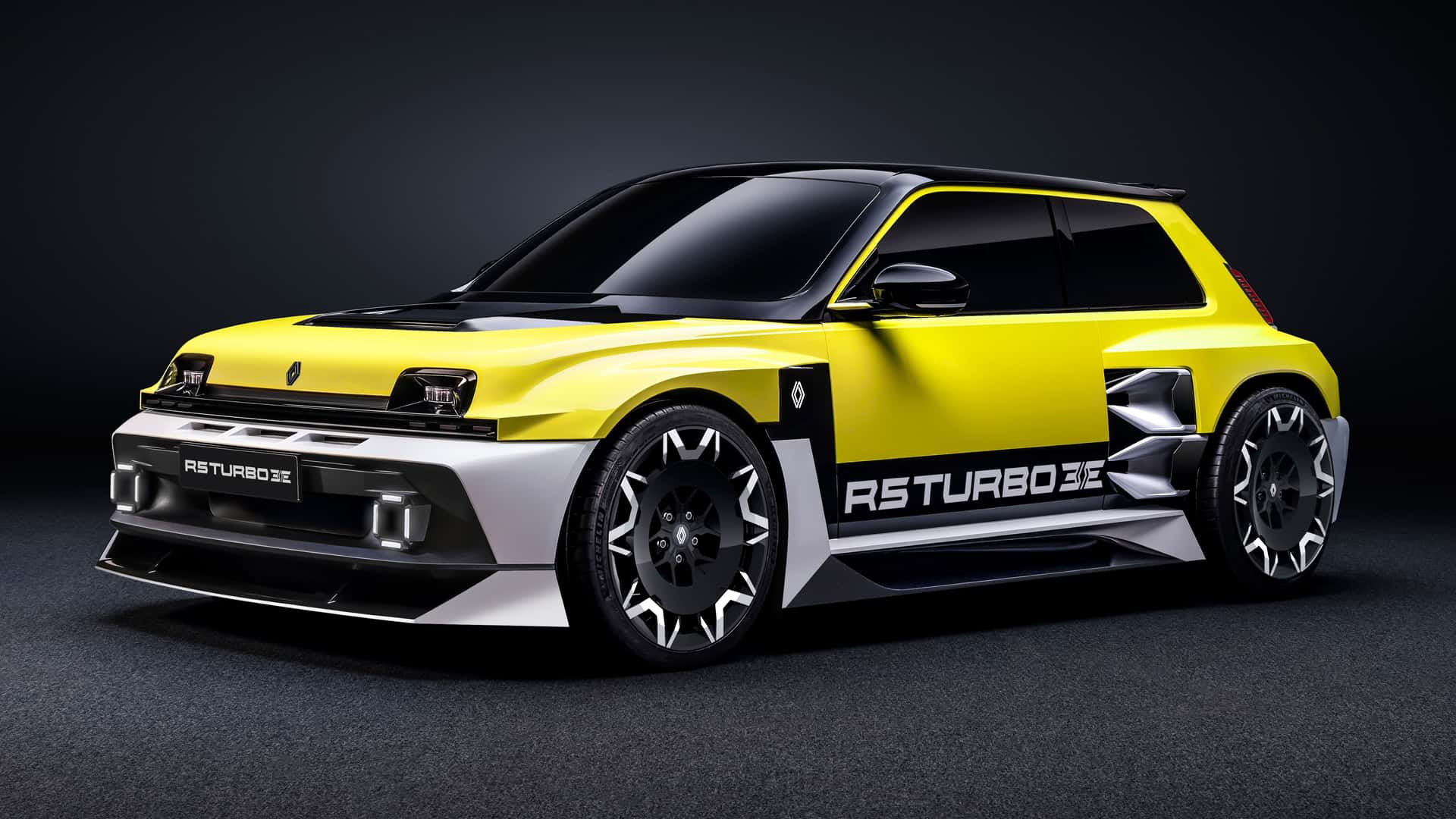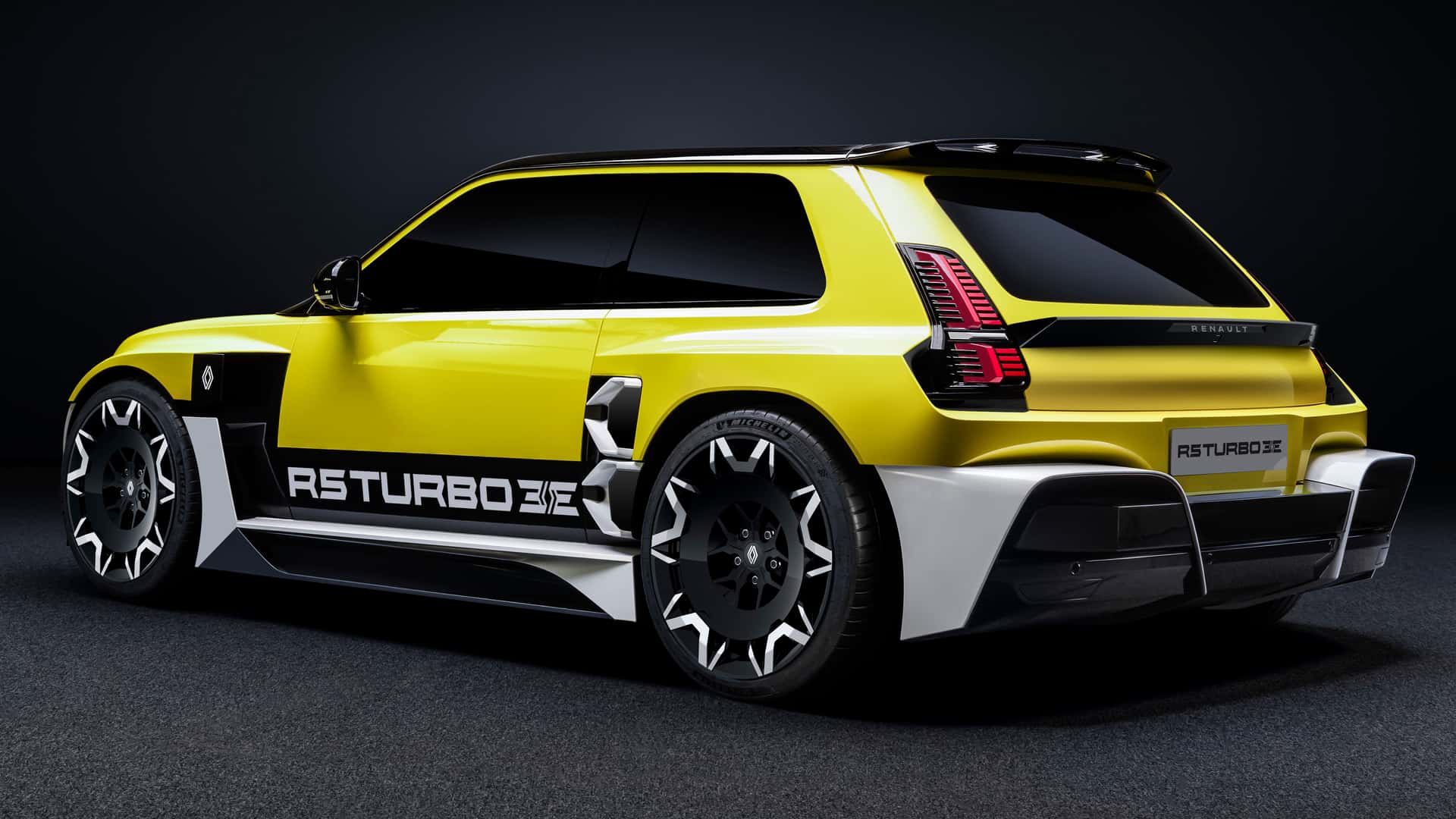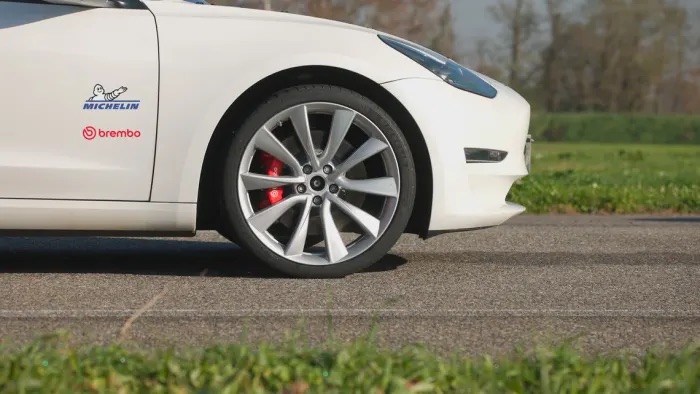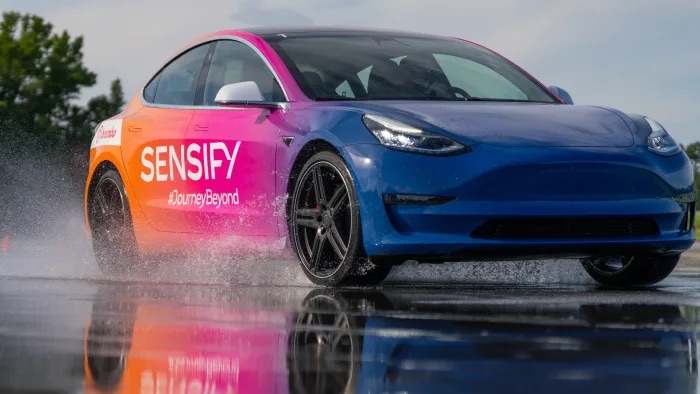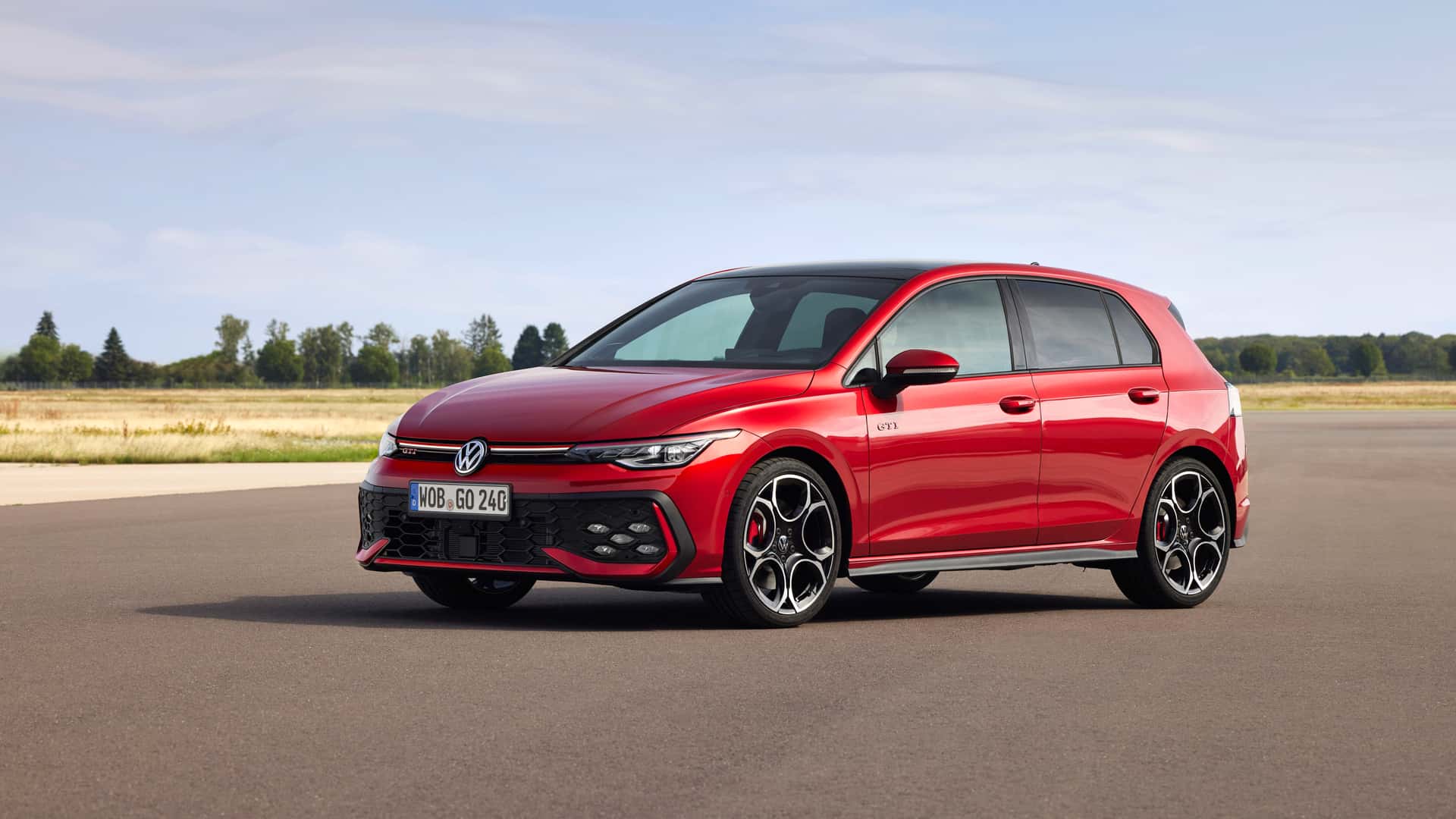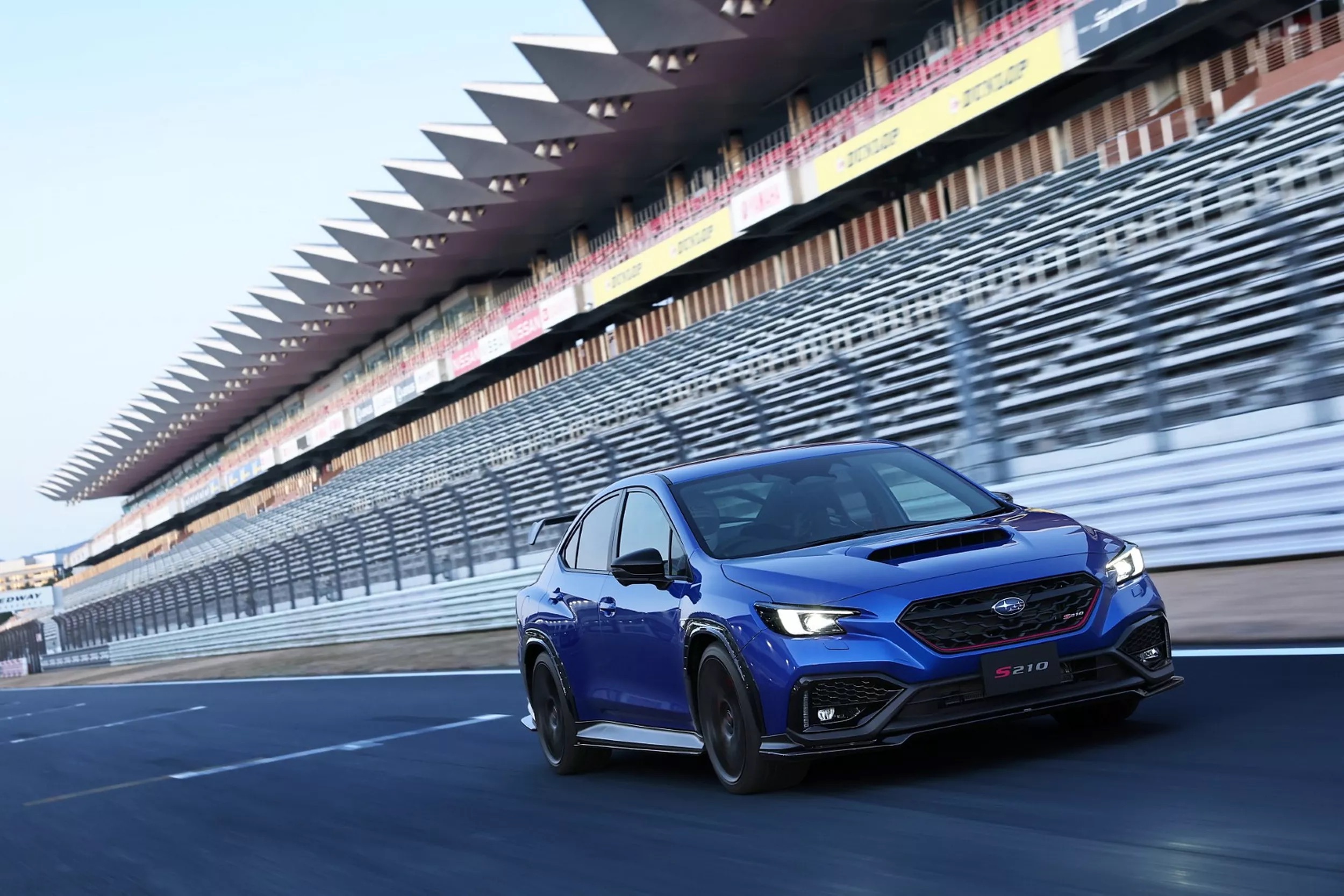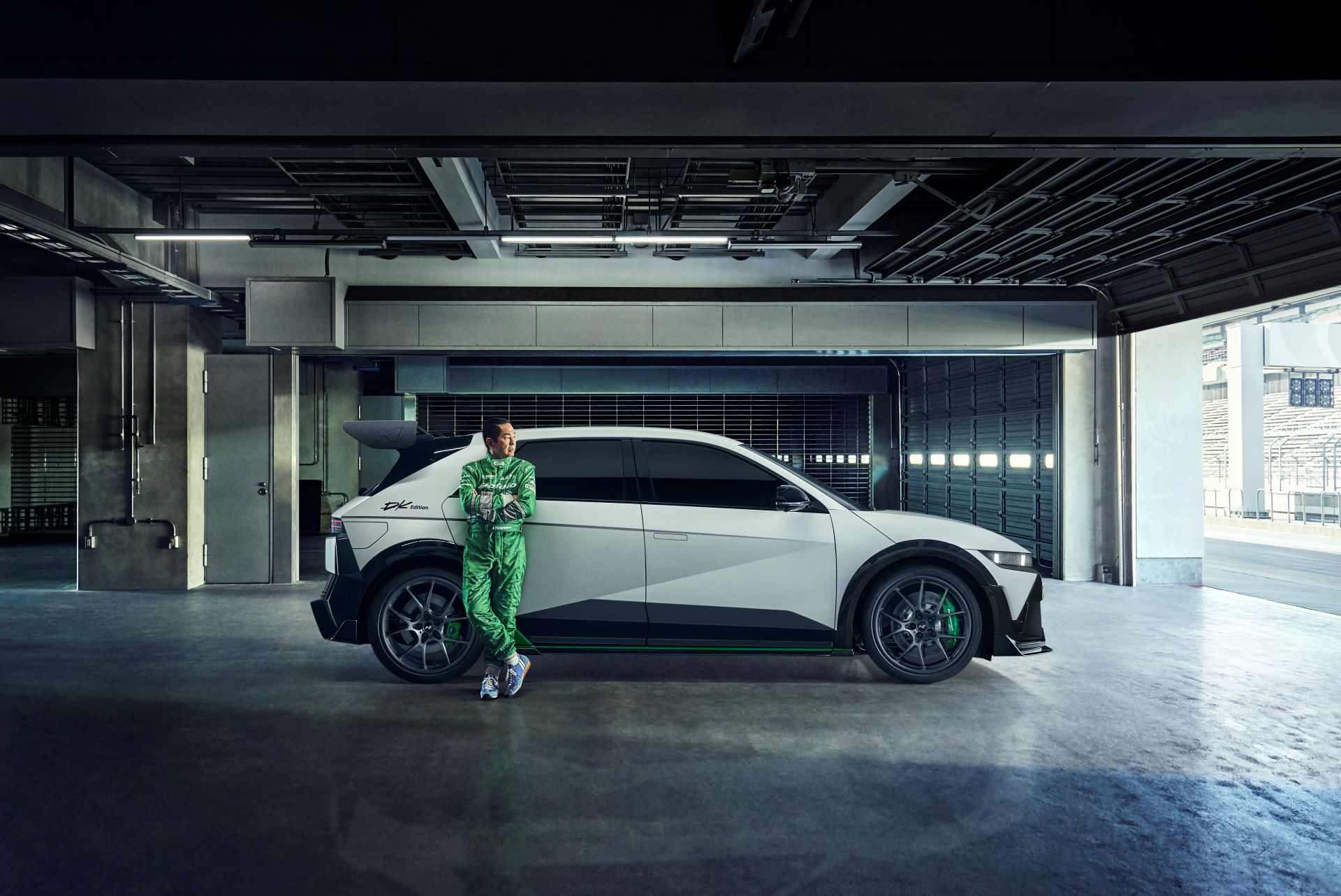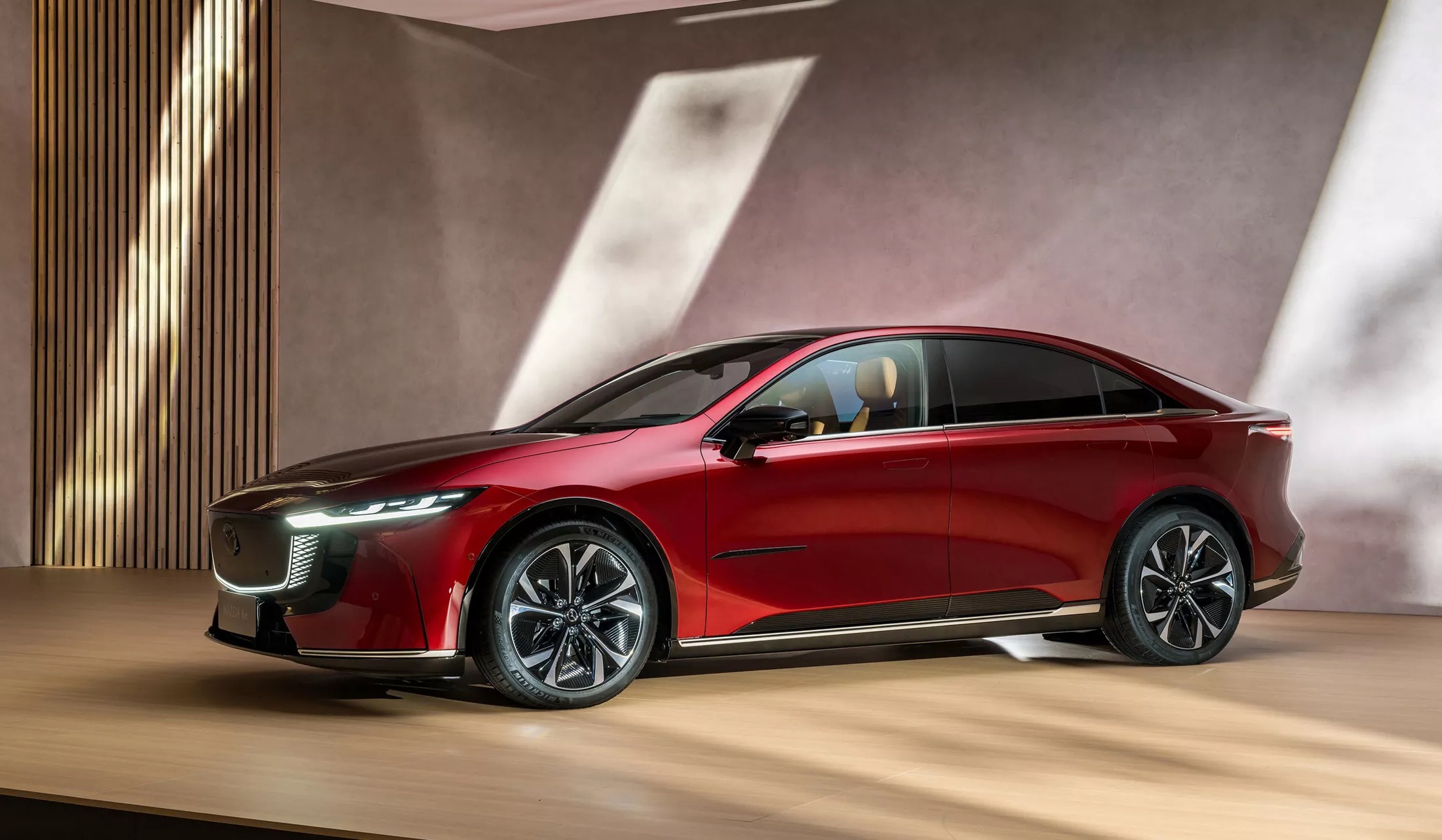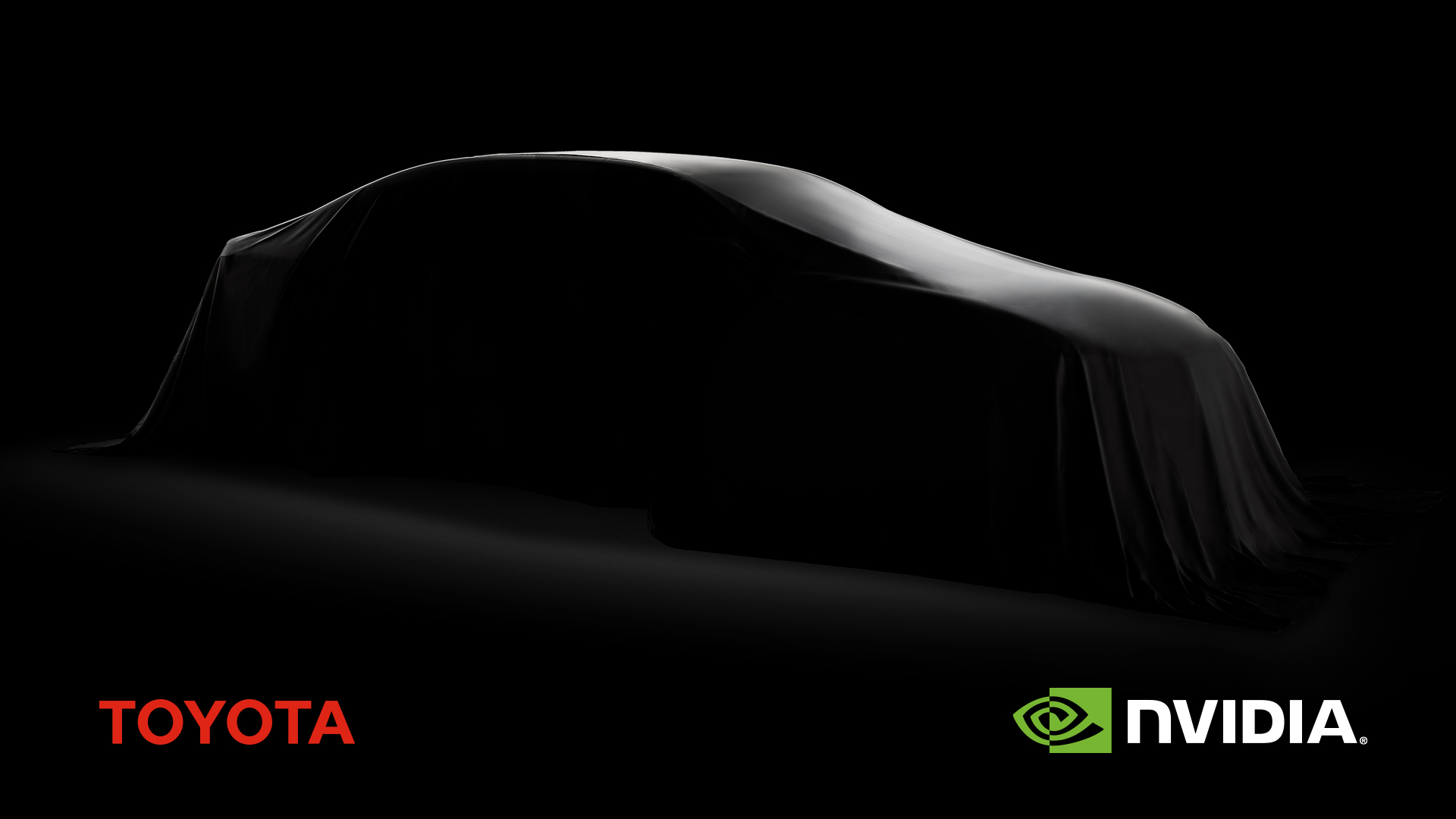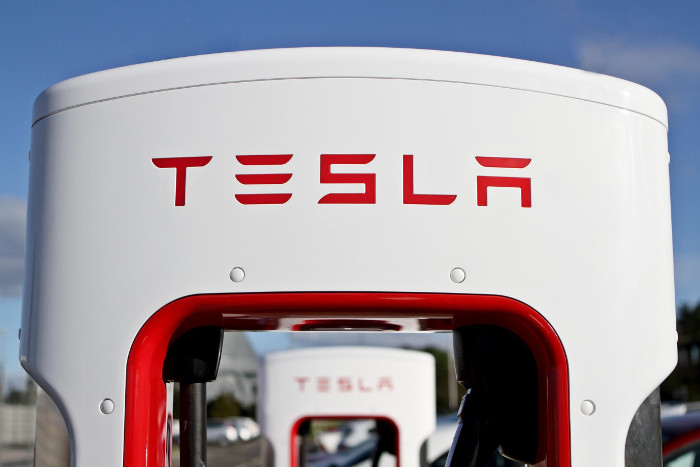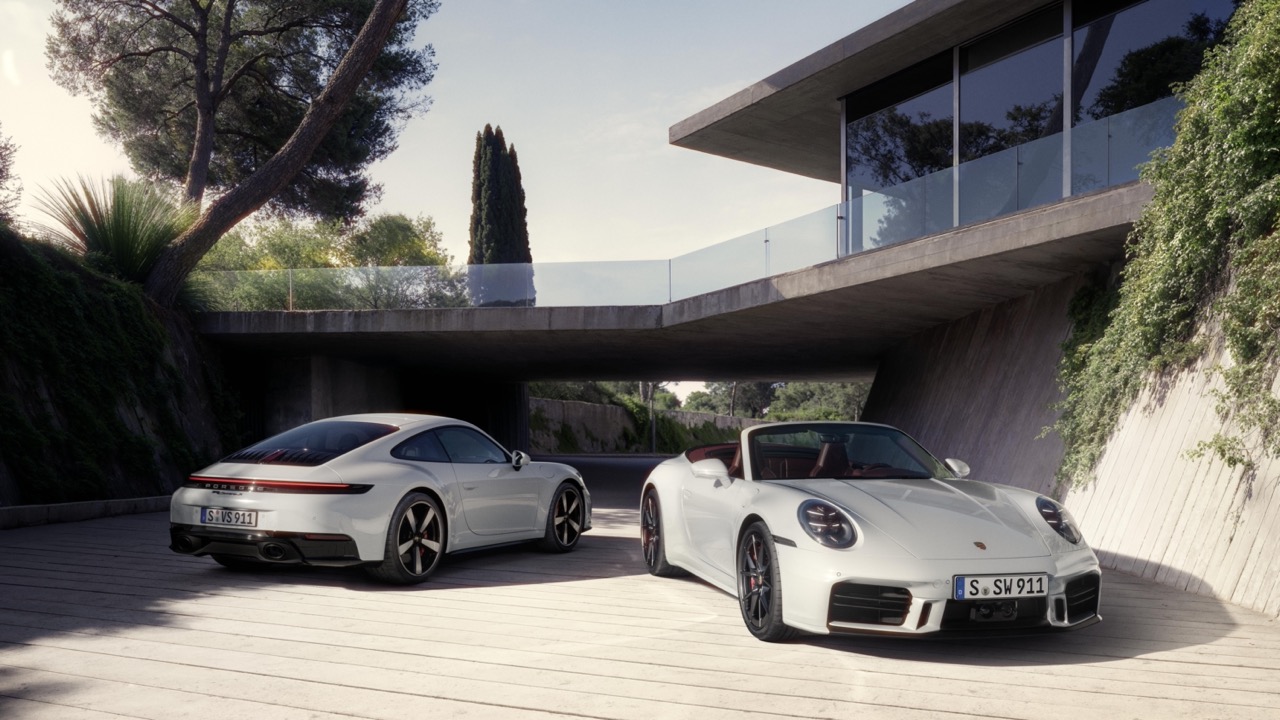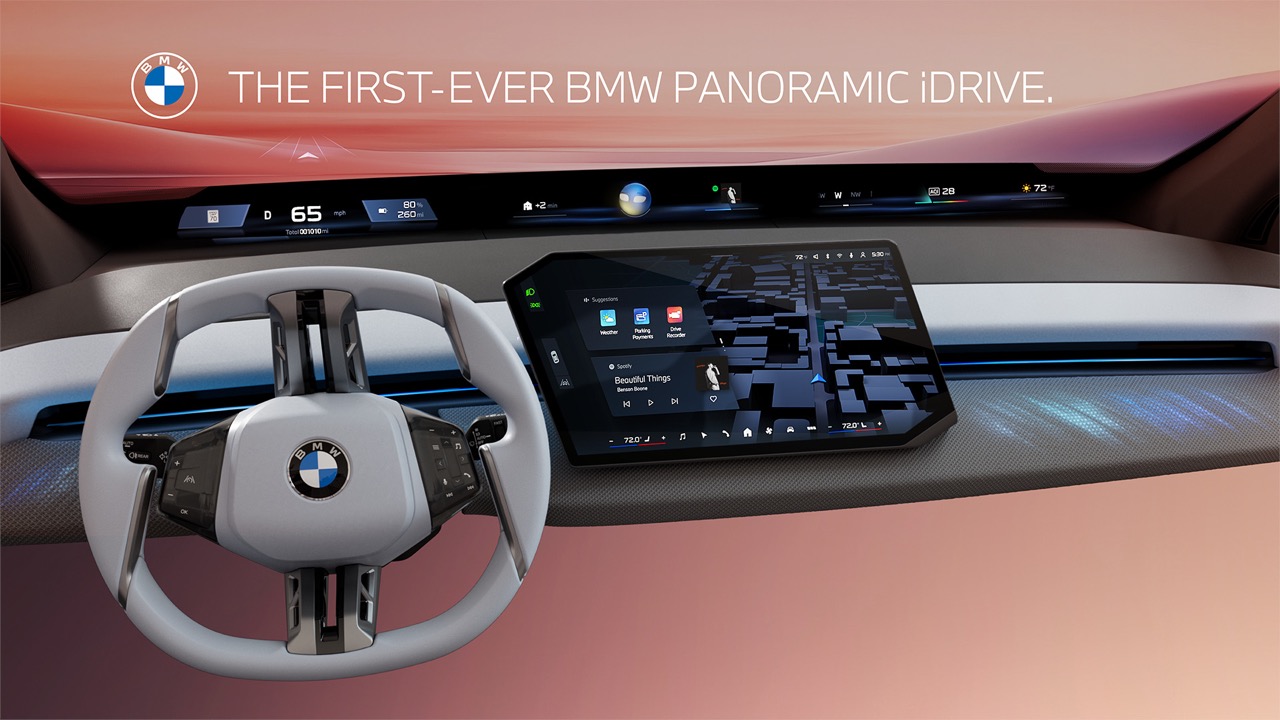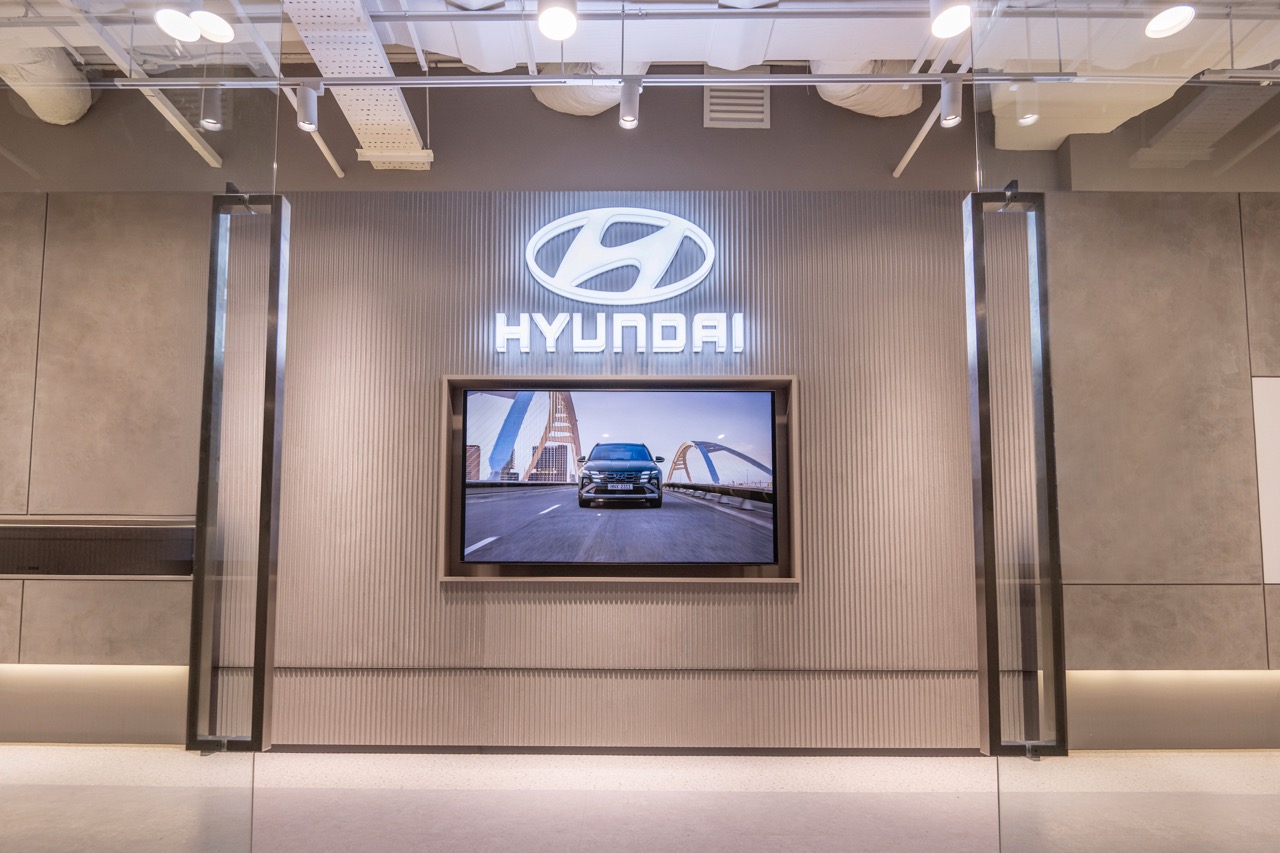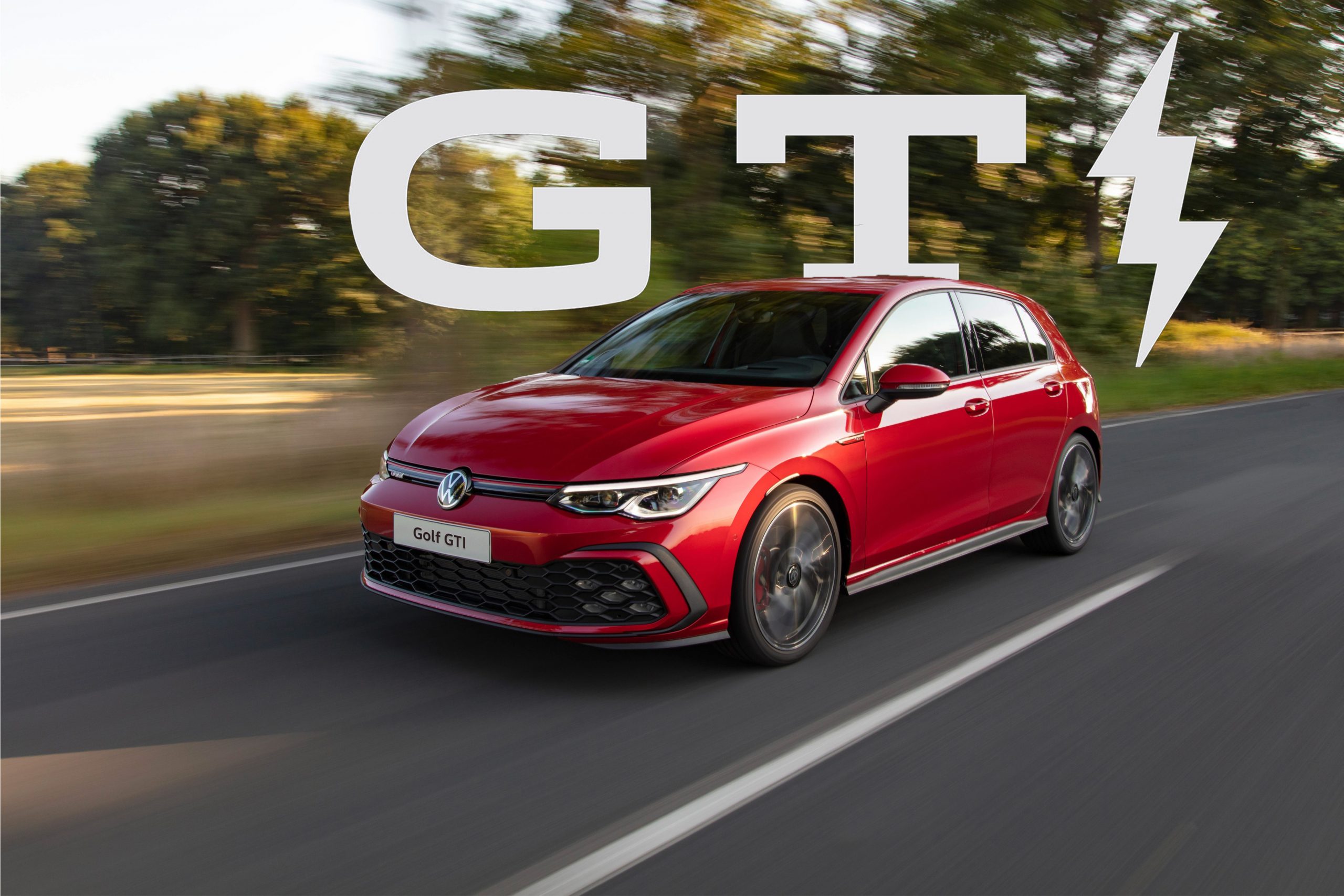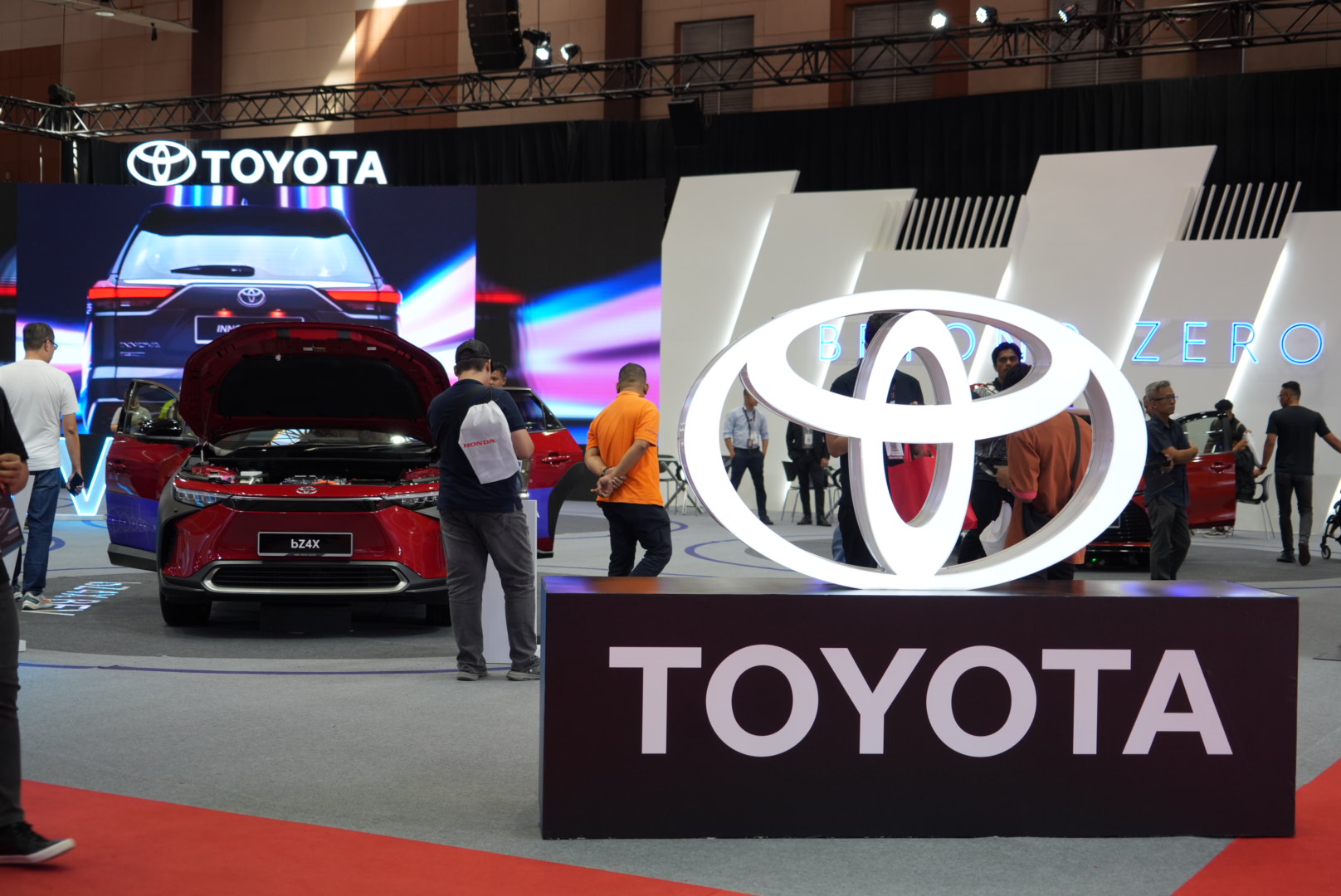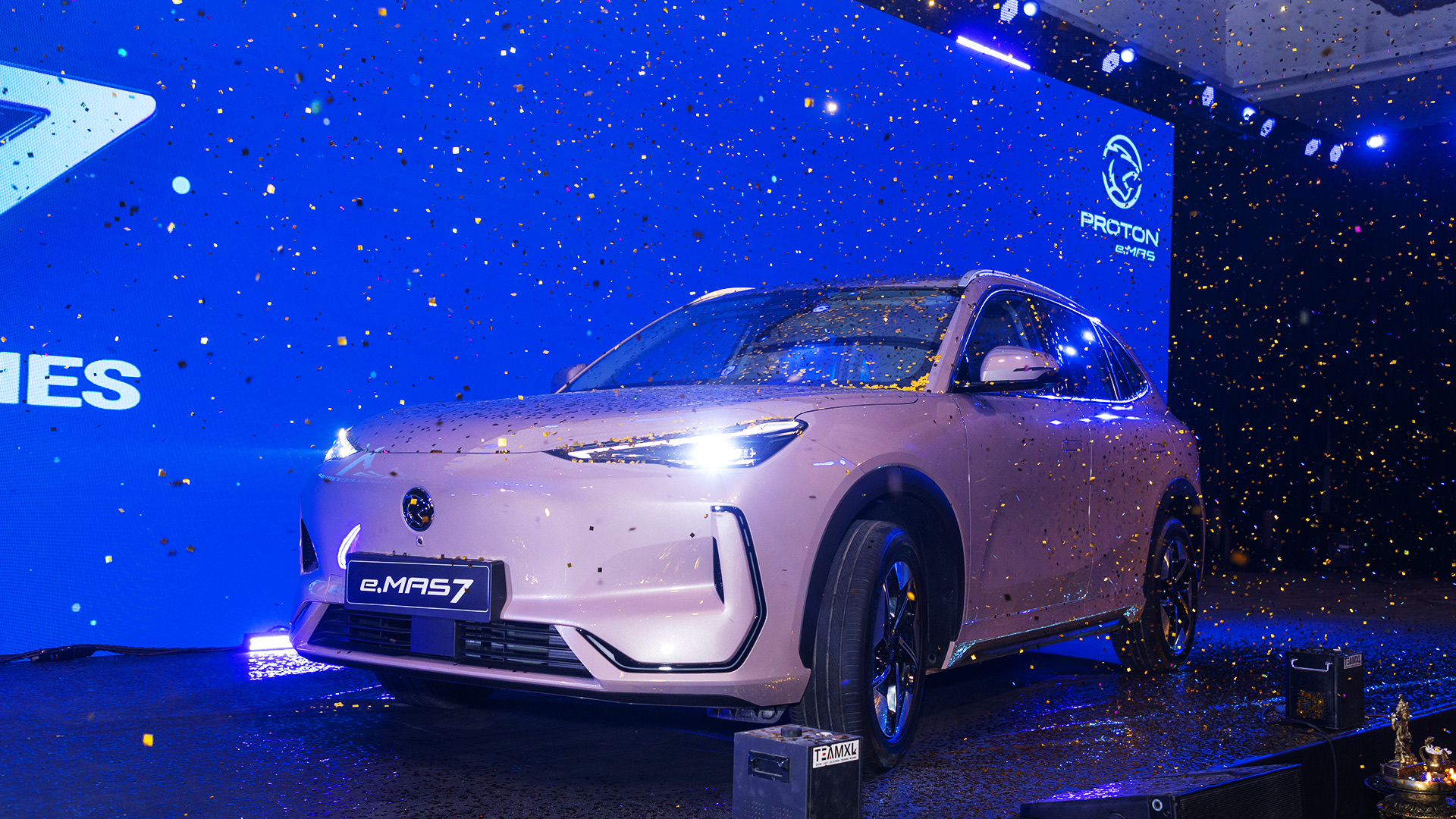Over a year has passed since Mazda introduced the Iconic SP concept at the Japan Mobility Show, hinting at the return of its iconic RX series. The sleek two-seater coupe with a two-rotor engine sparked excitement and speculation about the revival of the RX line. Now, Mazda’s CEO, Masahiro Moro, has confirmed that work on the Iconic SP is progressing. While not an official confirmation of the RX’s return, his statement suggests that the project is moving forward, and fans can expect the road-going version of the car—though it may be smaller than the concept.
Mazda’s Chief Designer, Masashi Nakayama, previously hinted that the car could be smaller, possibly similar in size to the MX-5 Miata. This has led to speculation that the Iconic SP could preview the next MX-5 rather than a direct RX model. The concept was 4,178mm long, 1,849mm wide, and 45.2 inches tall, with a 1,148mm wheelbase and a weight of 1,450kg. The car’s weight distribution was balanced, which enhanced its performance potential.



